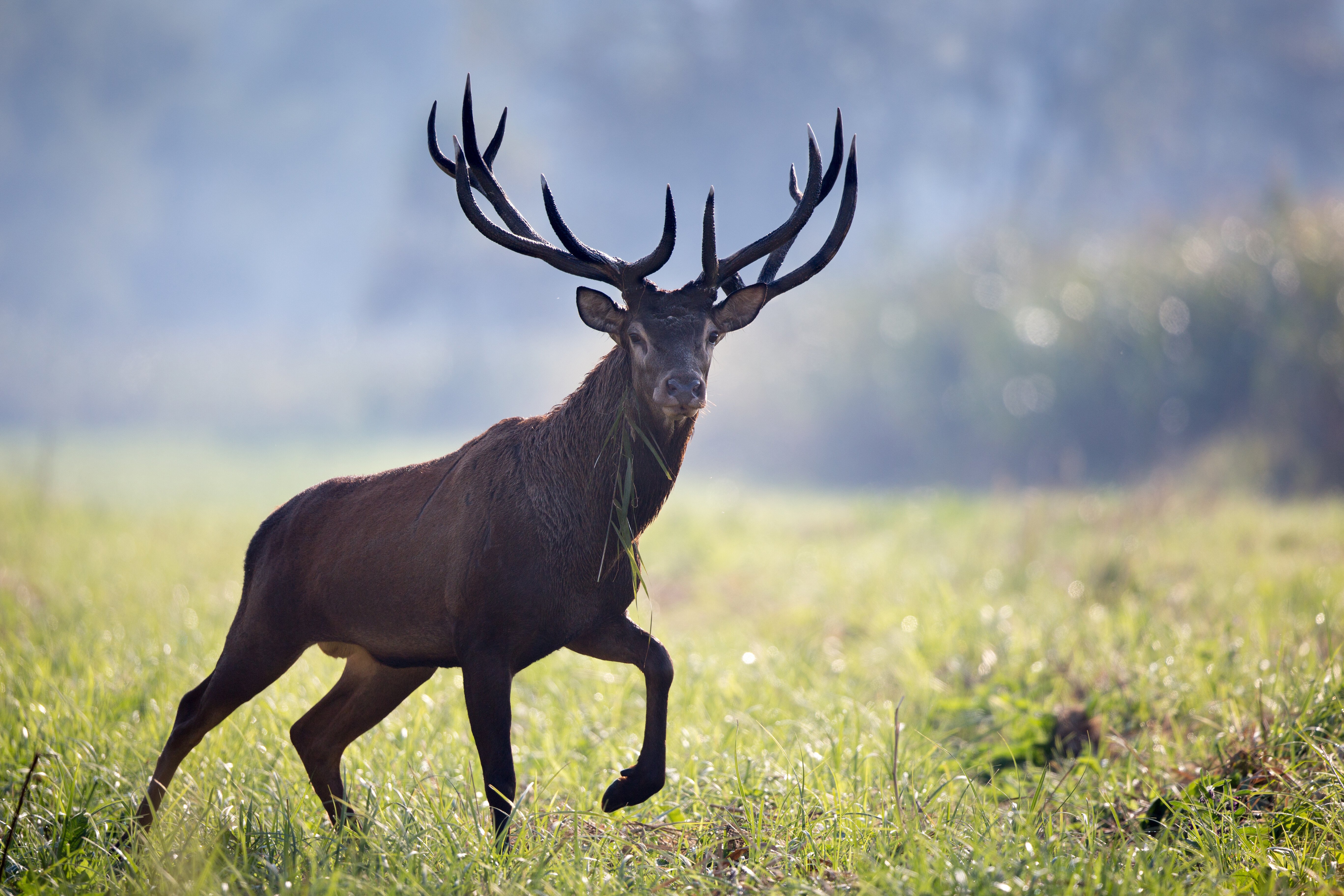What Drug is Used to Tranquilize Animals?

There is no one drug nor class of drugs that are universally employed to tranquilize animals in veterinary medicine. Sedatives and tranquilizers play an important role in the veterinary practice, as well as in veterinary procedures involving wild animals in the field. Chemical intervention can play an important role in a range of veterinary procedures, as well as aiding in behavior modification. The use of these medications has many advantages:
- Calming animals
- Facilitating intravenous catheterization
- Analgesia
- Reduced responses to stimulation
- Reduced anesthetic requirements
- Facilitating smooth induction and recovery
Sedatives and tranquilizers act on various nervous system receptors, causing very specific effects on brain and nerve cells.1 The distinction between tranquilizers and sedatives is often hazy due to procedural requirements, species and dosing differences and imprecise use of terminology (i.e., the terms “tranquilizer” and “sedative” often are used interchangeably). There is also some overlap in the drug classes and types that are used to produce both tranquilization and sedation.
Sedatives vs. Tranquilizers
Sedatives are drugs that reduce excitement, allowing an animal to become drowsy. Examples of sedatives are xylazine, detomidine and romifidine.1 They are commonly used to facilitate short medical procedures. The medications are relatively short-acting and provide reliable sedation with some analgesia. The sedated animal is unaware of its surroundings, but the drugs do not prevent all reactions and can even increase such risk.2
Phenothiazines are often used as sedatives, as well as in combinations as premedication prior to general anesthesia.1Alpha-2 adrenergic receptor agonists are also frequently used in both large and small animals; this class of drugs provides sedation, analgesia, and muscle relaxation. Xylazine is an example of an α2-adrenergic agonist that is widely used in veterinary medicine.
Tranquilizers are drugs that decrease anxiety without causing excessive sedation.3 Most tranquilizers do not provide any pain relief and work by reducing anxiety and controlling aggressive responses. Animals that have been given tranquilizers are aware of their surroundings, but they will be far more relaxed.
In veterinary medicine, tranquilizers are classified into two categories, these being minor and major. Minor tranquilizers are usually used to combat anxiety, while major tranquilizers are used to bring about relaxation. Diazepam is an example of a minor tranquilizer. Acepromazine is an example of a major tranquilizer.
Applications for Sedation and Tranquilization
The reasons for sedating or tranquilizing animals vary widely. Applications for these drugs range from the care of companion animals, to biological research, to the conservation and management of wild species.
In the case of domestic animals, tranquilizers are often used for behavioral problems or to assist the owners of companion animals in managing them during travel (such as airplane flights). In other cases, tranquilizers and/or sedatives may be used for minor procedures in the clinic, or as premedications prior to general anesthesia in the case of more invasive procedures.
Due to the size and strength of some domestic animals such as horses and cattle, sedative drugs are more often used in large animal veterinary practices. These can be used for standing surgeries (e.g., wound repair, mass removal).3 Some of these drugs have powerful pain relieving effects (e.g., α2-adrenergic agonists) and can be used in large animals suffering from colic where other pain relieving medications are ineffective.1
The drugs most commonly used in large animal practices are xylazine, detomidine, romifidine, acepromazine (a tranquilizer) and butorphanol (a synthetic narcotic).3 These drugs are usually given intravenously (IV), but can also be given intramuscularly (IM). These medications are fast-acting, causing noticeable sedation or tranquilization within seconds to minutes.
Sedatives are also more widely used in exotic animals (wildlife), particularly larger, more dangerous animals, and those being immobilized under field conditions. In such cases, they are administered via blow pipes or more elaborate remote delivery systems. Reversal agents (medications that counteract sedative drugs) exist for a number of tranquilizing and sedative agents. After administration, an animal will usually become alert within a minute or less.
Interested in learning more about safe capture? The San Diego Zoo now offers courses in safe capture techniques and best practices. Learn reliable, safe, and effective techniques for the species you work with and the scenarios you encounter!
1Merck Veterinary Manual.
2Nielsen, L. Chemical Immobilization of Wild and Exotic Animals. (1999) Ames, Iowa, Iowa State University Press.
3veteriankey.com.


